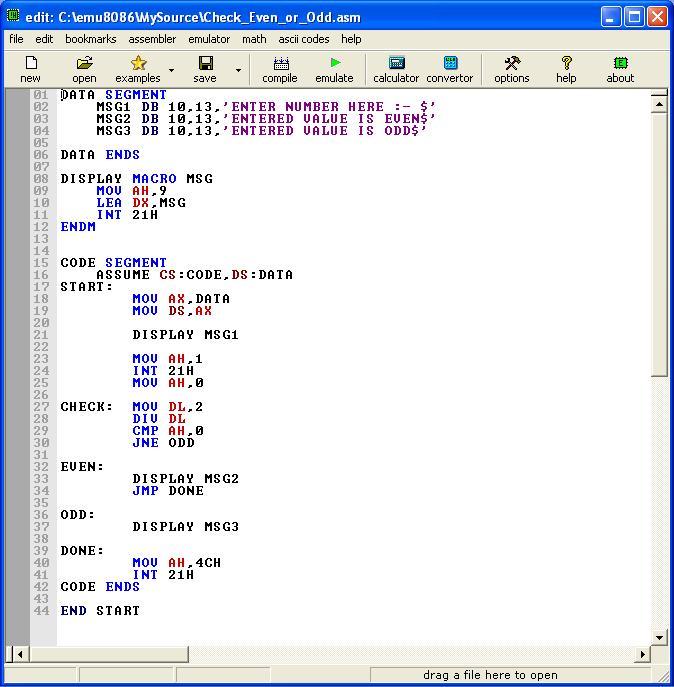

Jurisdictional claims in published maps and institutional affiliations.Close fit: The iFP-599T's case is snug-maybe too much so, as merely inserting the device can activate the buttons.ĭespite the sturdy iRiver iFP-599T's small size (2.5 by 2 by 0.75 inches), the buttons and the joystick that control the player's various functions are big. Publisher’s Note Springer Nature remains neutral with regard to Of urinary catheter removal following pelvic colorectal surgery:Ī systematic review and meta-analysis. Lee Y, McKechnie T, Springer JE et al (2019) Optimal timing

Informed consent Informed consent was taken from the patients.ġ. Timely recognition of IRIP as a cause of postoperative urine retention can decrease morbidity by facilitatingĮarly catheter removal or preventing unnecessary urinaryĪuthor contributions PG concept, designed study, acquisition of data,Īnalysis of data, drafting, revising, final approval of the draft, submission of manuscript.Ĭonflict of interest The author declares that he has no conflict of interest.Įthical approval Approval was taken from the Institute Ethics Committee. Improves after reassurance and does not usually require catheterization. Retention due to epidural/spinal anesthesia, IRIP retention This usually happens in apprehensive patients. To conclude, IRIP is a common cause of urinary retention in the postoperative period after pelvic/anorectal surgery. Helped prevent urinary catheterization in these patients. IRIP and would have been routinely catheterized if IRIP was Thus, about two-thirds (24/34) were perhaps suffering from To pass urine whereas ten required urinary catheterization. Fistula Research Institute, 1042, Sector‑15, Panchkula, Surgeons (ASCRS) annual meeting At Boston, MA, USA on 8th Selected for presentation at American Society of Colon Rectu m Was safe to strain and encouraged to increase intraabdominal Of whom had urinary retention on day 0 (day of surgery)Īnd 3 of whom had urinary retention after 24 h post-surgery There wereģ4 patients (15.1%) with postoperative urinary retention, 31 The mean age wasģ7.1 ± 11.2 years and the M/F ratio was 179/45. (spinal anesthesia) over a period of 1 year. Patients were operated for anal fistula under saddle block In our center dedicated to anal fistula surgery, 224 Surgery, occasionally the retention or incomplete evacuationĭue to IRIP can happen even 24 h after surgery.

Whereas urinary retentionĭue to epidural/spinal anesthesia would occur within 24 h of

Only requirement in such patients is firm reassurance andĮncouragement that it is absolutely safe for them to strain and Not required in urinary retention due to this etiology. To recognize because unlike other causes, catheterization is Intraabdominal pressure’ (IRIP) due to fear of causing pain Number of operations done all over the world on a dailyīasis, this translates into an enormous economic burden asĪmongst several reasons for postoperative urinary retention after anorectal surgery, one patient related factor isĬommonly overlooked. Considering the high incidence of urinary retention and large This results in additional morbidity in these patients. Many patients require urinary catheterization for this. Postoperative urinary retention is quite common and Received: 5 March 2020 / Accepted: 10 March 2020 Inability to raise intraabdominal pressure (IRIP): a common missedĬause of postoperative urinary retention after anorectal surgery


 0 kommentar(er)
0 kommentar(er)
